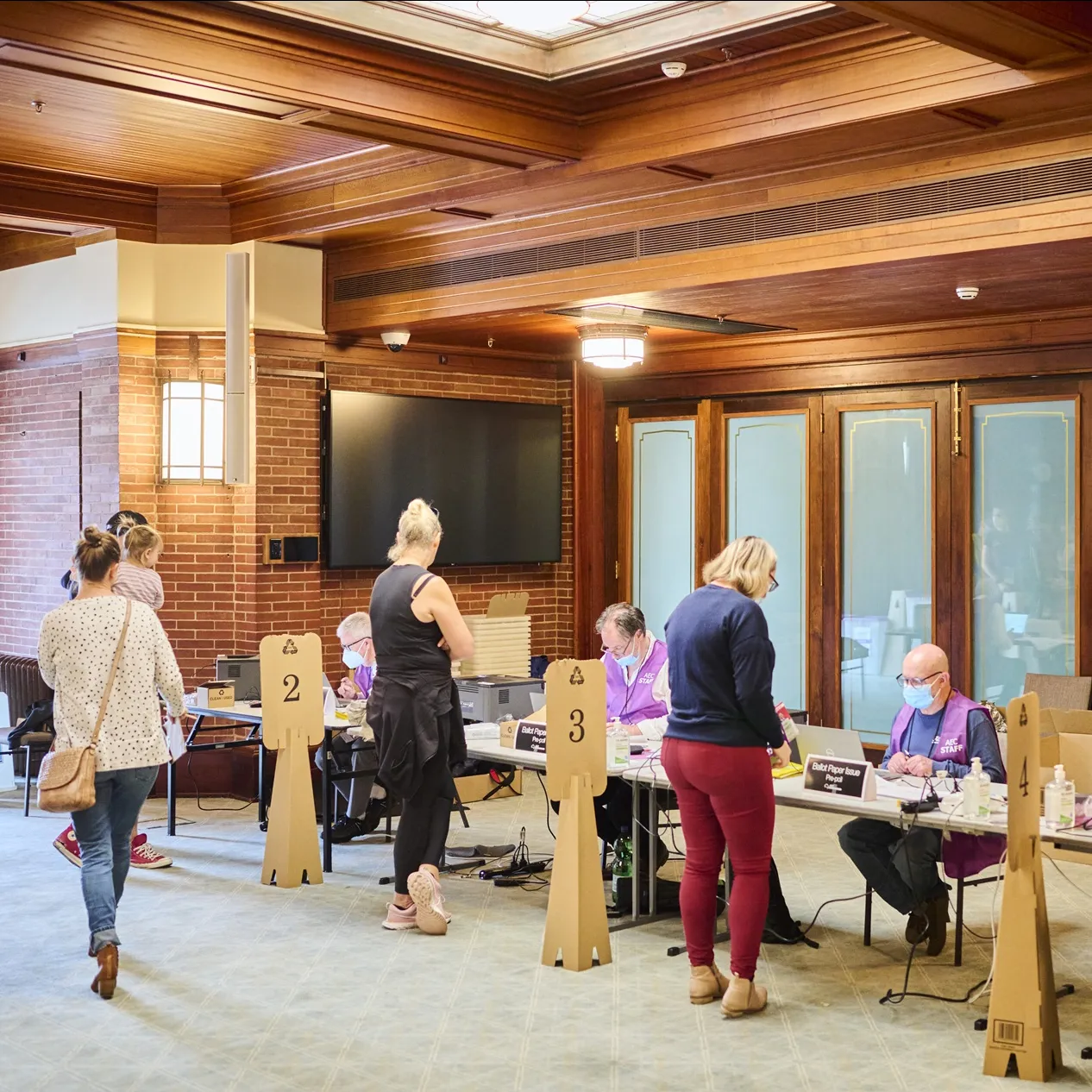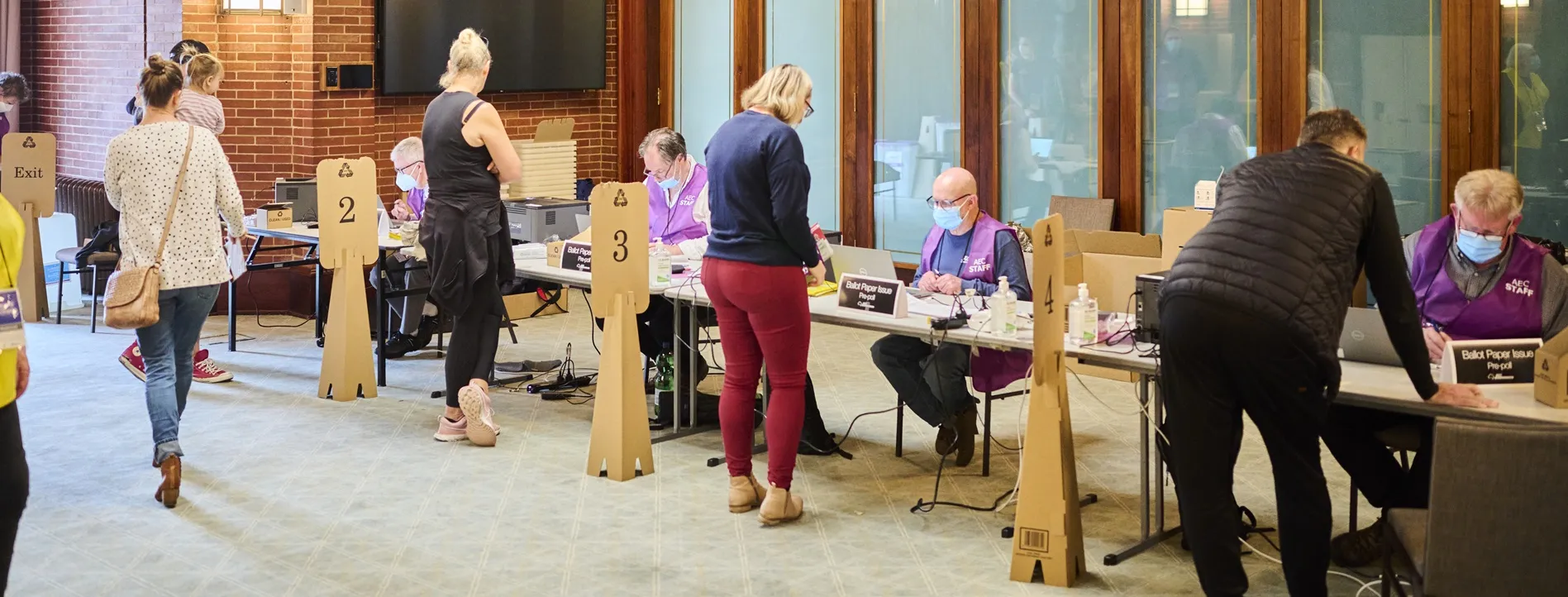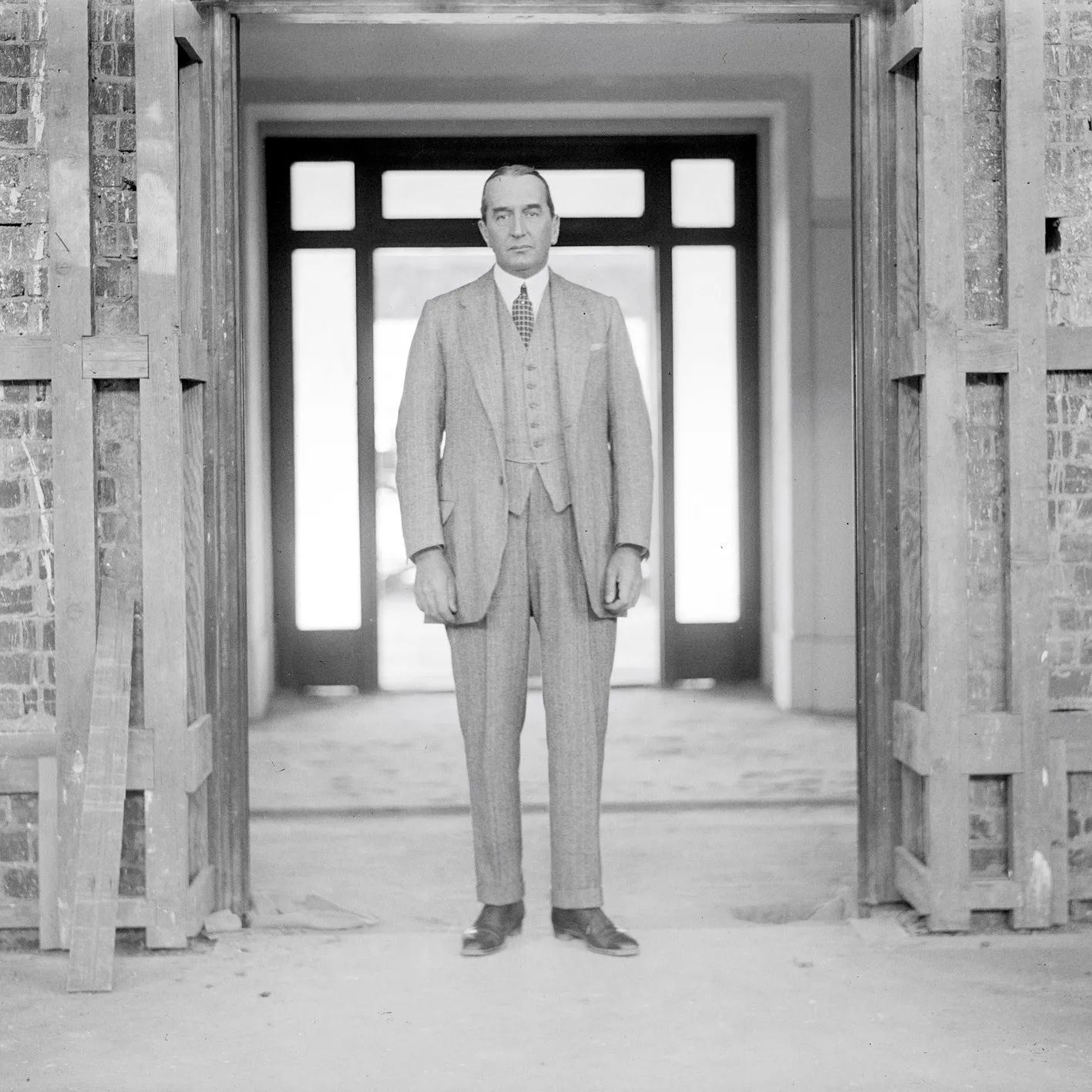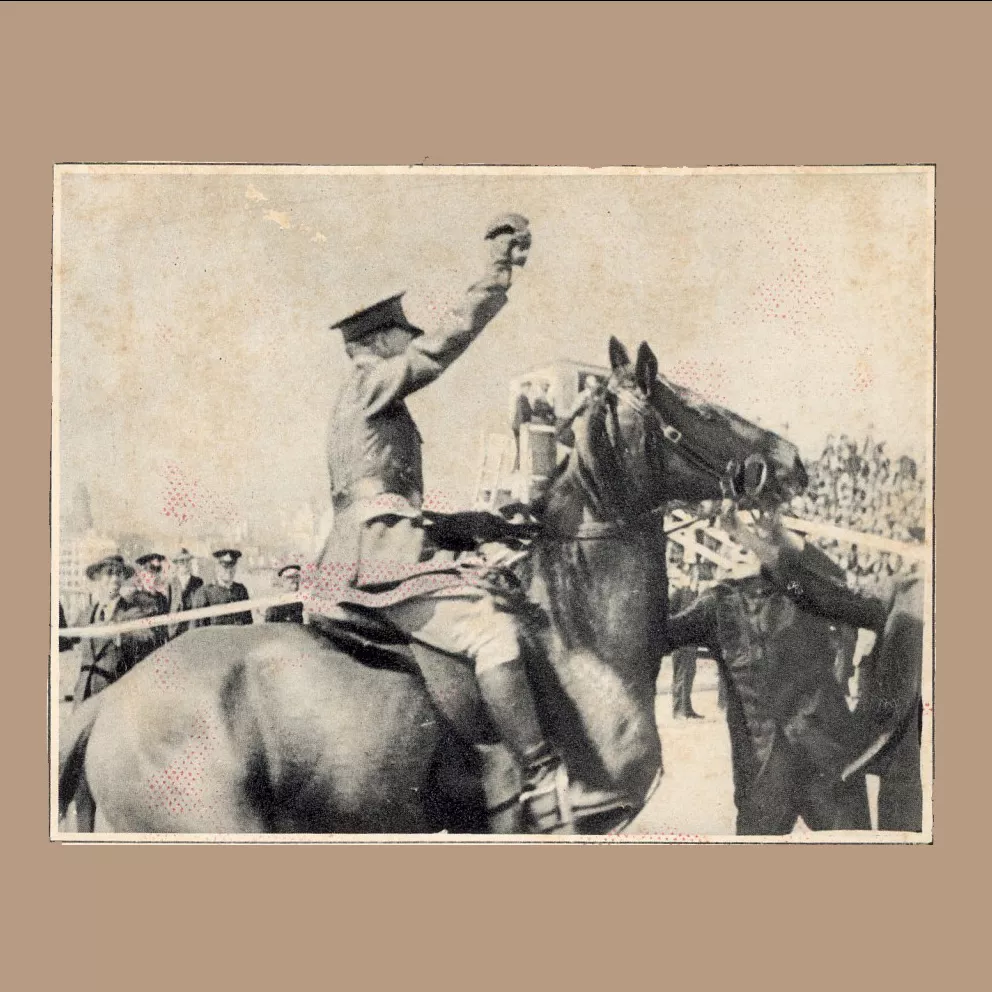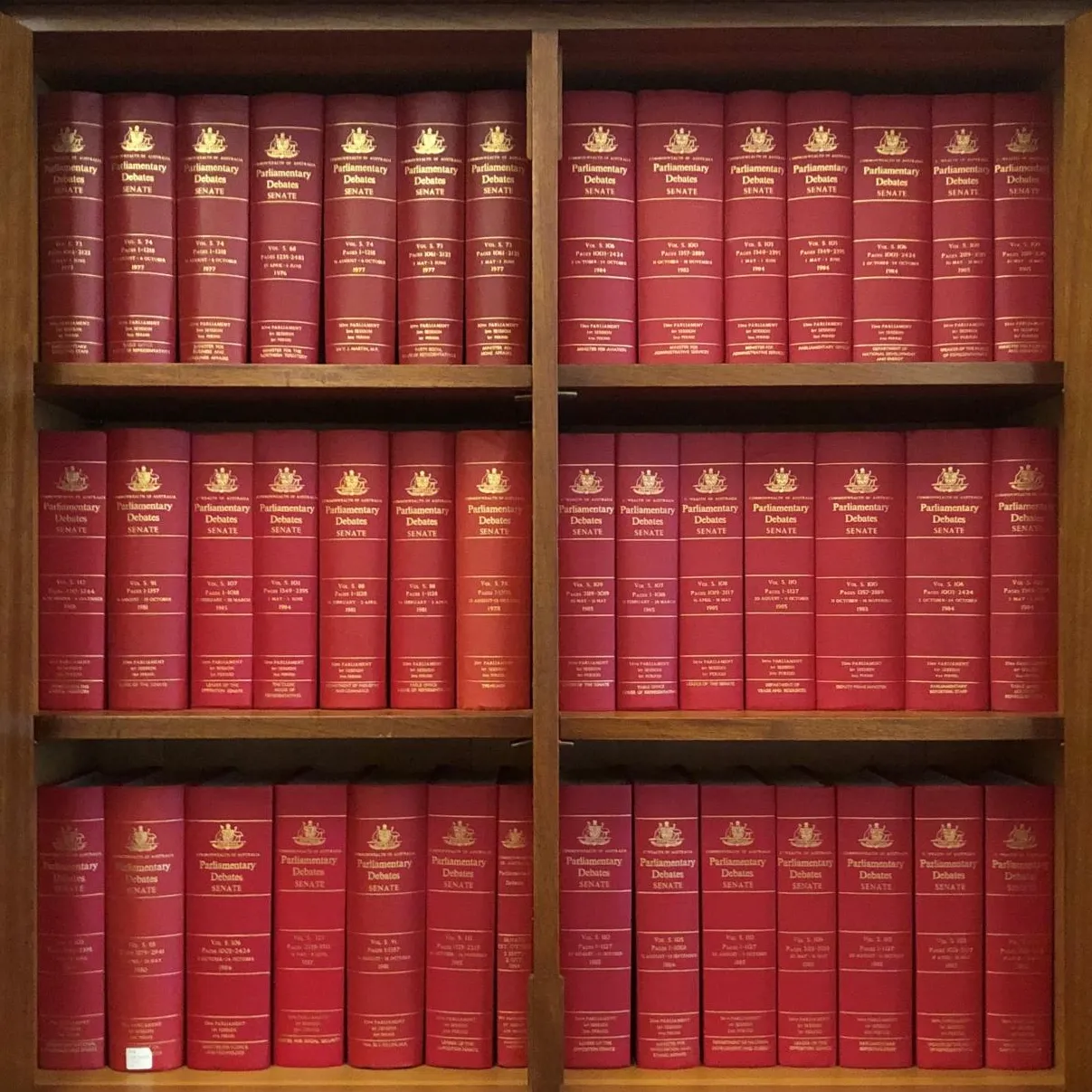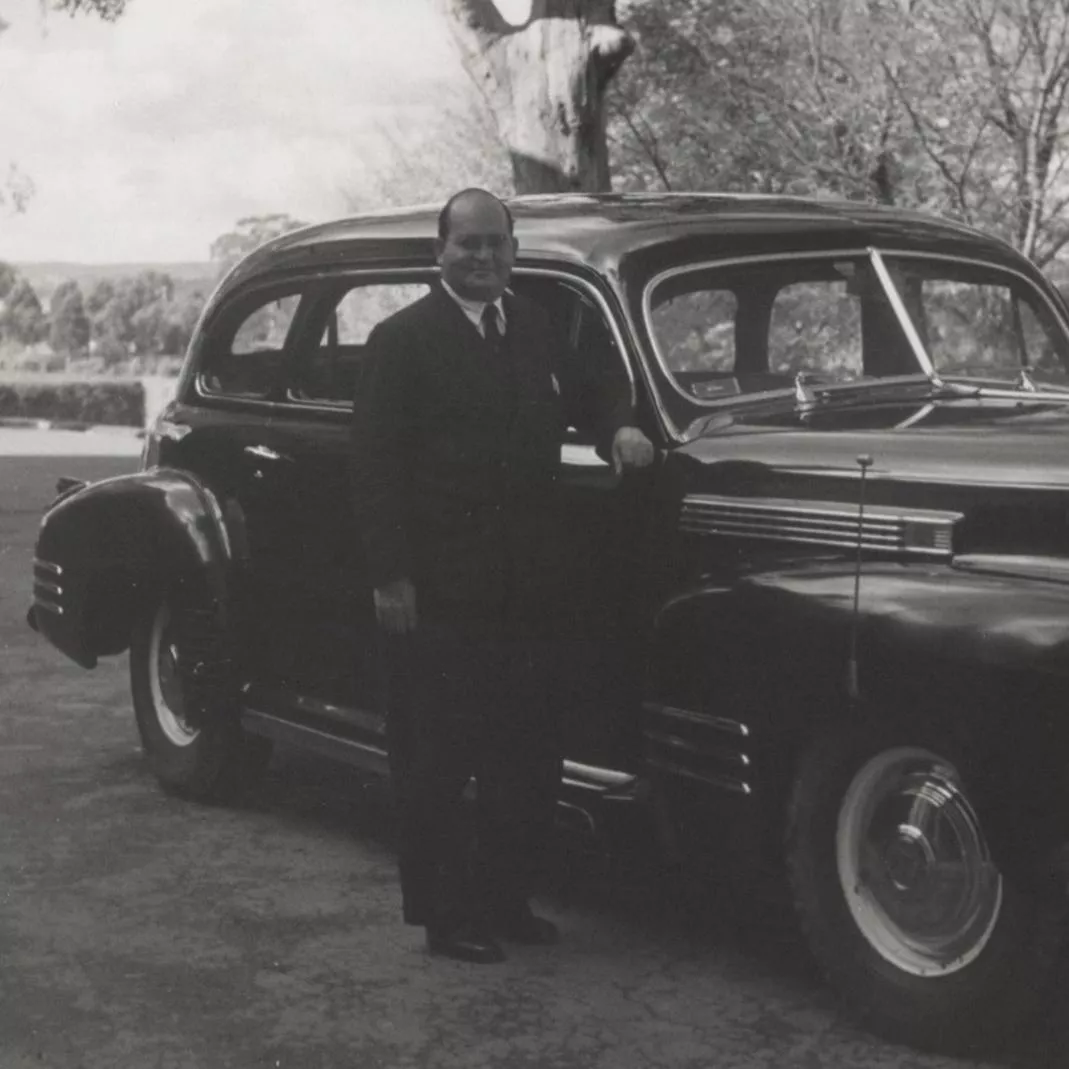How does an election work? Part 3 – rock the vote
- DateFri, 01 Jul 2016
Polling day has become an Australian democratic institution.
Polling booths are mostly at schools, because schools are easy to get to and there is at least one in most communities. Schools often use the large crowd of people gathering to vote to their advantage – we all know about the sausage sizzle, but some schools go further and have their school fete on polling day (the last time I voted, my local school even had a jumping castle, something I feel should be mandatory).
Polling day is always on a Saturday. This is specified by the Electoral Act and is meant to ensure everyone has a chance to vote. Most people don't work weekends, and the people that do will still get an opportunity. If you can't vote on polling day, there are pre-polling booths open during the campaign letting you vote early, and it's also possible to vote by mail, known as an absentee ballot. Interestingly these early and postal votes are usually counted last, meaning they can sometimes make the difference between a win and a loss.
On your way in to vote, you'll often be handed one or more how to vote cards by candidates or their helpers. The how to vote card tells you how the candidate or party would like you to distribute your preferences. It isn't required to follow it if you don't want to, although plenty of people do. From 2016 things were a bit different, because changes to the voting system meant the old practice of just putting a '1' above the line on the Senate paper wasn't as common.
Once polls close at 6pm, the count begins. The polling places shut and all the votes cast there are counted. This process is watched by scrutineers from each party or candidate, who watch the count happen to make sure it is fair. The count results are then phoned through to the Divisional Returning Officer, an Australian Electoral Commission (AEC) official, who inputs them into special software. Meanwhile, election parties around the country are held to watch the results come in live. In the past, the National Tally Room was set up at Exhibition Park in Canberra, with the live results being added physically to a large board while journalists presented to camera. From 2013, the National Tally Room is no longer used. The Museum recently acquired the board that was used, with some of the results from the 2010 election still hung on it!
It can take weeks for the result to finally be declared. The party that won the election is usually known by mid-evening, but the specific winner of each House of Representatives seat can take longer to discover. Senate counting can take even longer because there are often scores of candidates each with preferences trickling down, and it takes a long time to finalise the result.
When you go to vote, you are one small cog in a complicated and important machine that ensures our democracy is smooth, transparent and peaceful. For you, it's as simple as eating a sausage and marking a piece of paper, but that simple act contributes to a much larger institution and your vote is as important as anyone else's in the national story.
